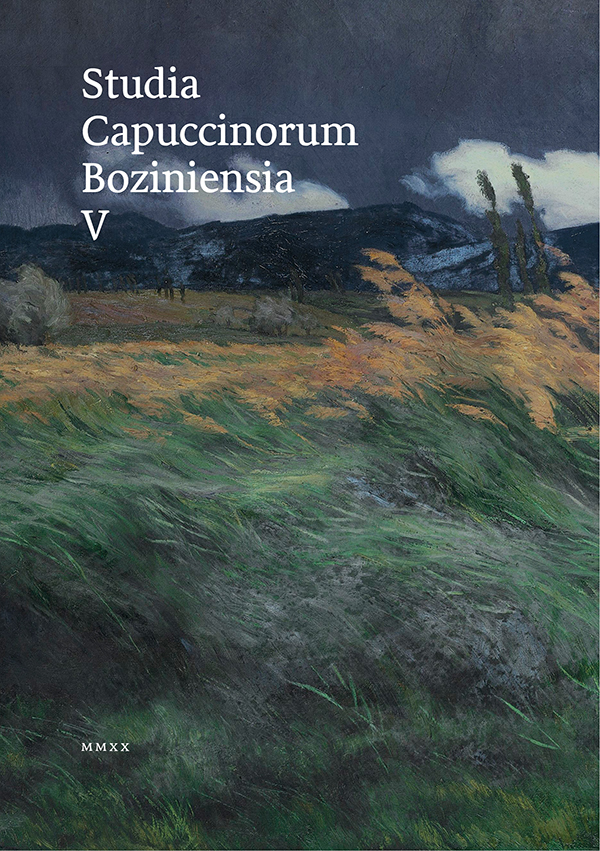
We kindly inform you that, as long as the subject affiliation of our 300.000+ articles is in progress, you might get unsufficient or no results on your third level or second level search. In this case, please broaden your search criteria.


The present study aims to recover the first period of the detention of Sandu Tudor (who had become, meanwhile, the Monk Agaton), the research approach being centered on the analysis of the Archive documents. A simple reading of the file no. 013495, vol. 1 and 2, Criminal fund, located at the Archive of the National Council for the Study of Security Archives (A.C.N.S.A.S.), reveals a collection of disturbing, edifying data on this subject, as we consider. The first sheet of the aforementioned file, vol. 1, is the Cover of the File no. 1811/1950, drawn up by the Bucharest Court, the Third Criminal Section, „Posteucă Dumitru and Teodorescu Alexandru”, with the mention „War crime”. In order to offer the potential reader a more accurate image of the information obtained from the Security Archives and from the memorialistic literature regarding the concentrationary periplus of Father Daniil (Sandu Tudor), a genuine extermination regime at the penitentiaries in Jilava, Poartă Albă and Culmea, we have appealed to an evolutionary, chronological x-ray of the data, so that, subsequently, we could provide a critical, problematizing analysis of our subject from the perspective of the paradoxical ambivalence victim-executioner, representing an opportunity to demonstrate why we consider him a true paradigm of the resistance through hesychia.
More...
Care for the upbringing of youth has always been a key issue. For people to survive in the world, they need to constantly develop. The inclination to invest in oneself coincides at the same time with the commitment in the field of education and upbringing. The inter-generational co-operation creates an adequate potential, which serves the whole society. One of those who devoted themselves to pedagogical activity was Father Leon Dehon. He, due to social and cultural circumstances, as well as motivated to confide in the Heart of Jesus brought forth by his faith, organised an educational apostolate in Saint-Quentin. Considering the difficult times in which he lived, he undertook with courage initiatives that particularly influenced the shaping of new social, cultural and religious order. Thanks to his education and good interpersonal skills he established a school which trained France’s future social elites, as well as gave rise to a new religious congregation, organising mainly priestly formation. The aim of this article is to present a model of Dehonian education, which gave a new impulse to both the ecclesial environment and the working-class society of the 19th-century France. Due to the fruitfulness of his work, which promulgated an ideal of charity and social equality, today we also want to peruse the treasures of Father Dehon’s experiences. An attempt to invoke his thought allows us to rediscover the contemporary demand for education and formation aiming to guide humanity to holiness.
More...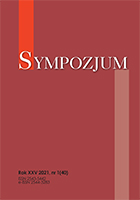
The post-conciliar liturgical indications, of which the free-standing altar with the priest celebrating the liturgy „facing the faithful” became a visible sign, freed the presbytery walls of newly built churches from large altar extensions. The situation became a kind of call for the creators of sacred art, providing an opportunity to return to the noble mosaic art, whose monumental works of the first millennium have survived to this day. It is enough to mention the temples of Ravenna, Palermo or Rome itself. Their iconographic programs, rich in form and content, are continued in the large-format, contemporary altar mosaics by Father Marko Ivan Rupnik, in which a refined artistic form intertwines with a well-thought-out theological concept, showing the vitality of tradition at the threshold of the third millennium. The aim of this article is to present the basic Marian theological themes present in the largest complex set of mosaics that has been built in Poland in recent years.
More...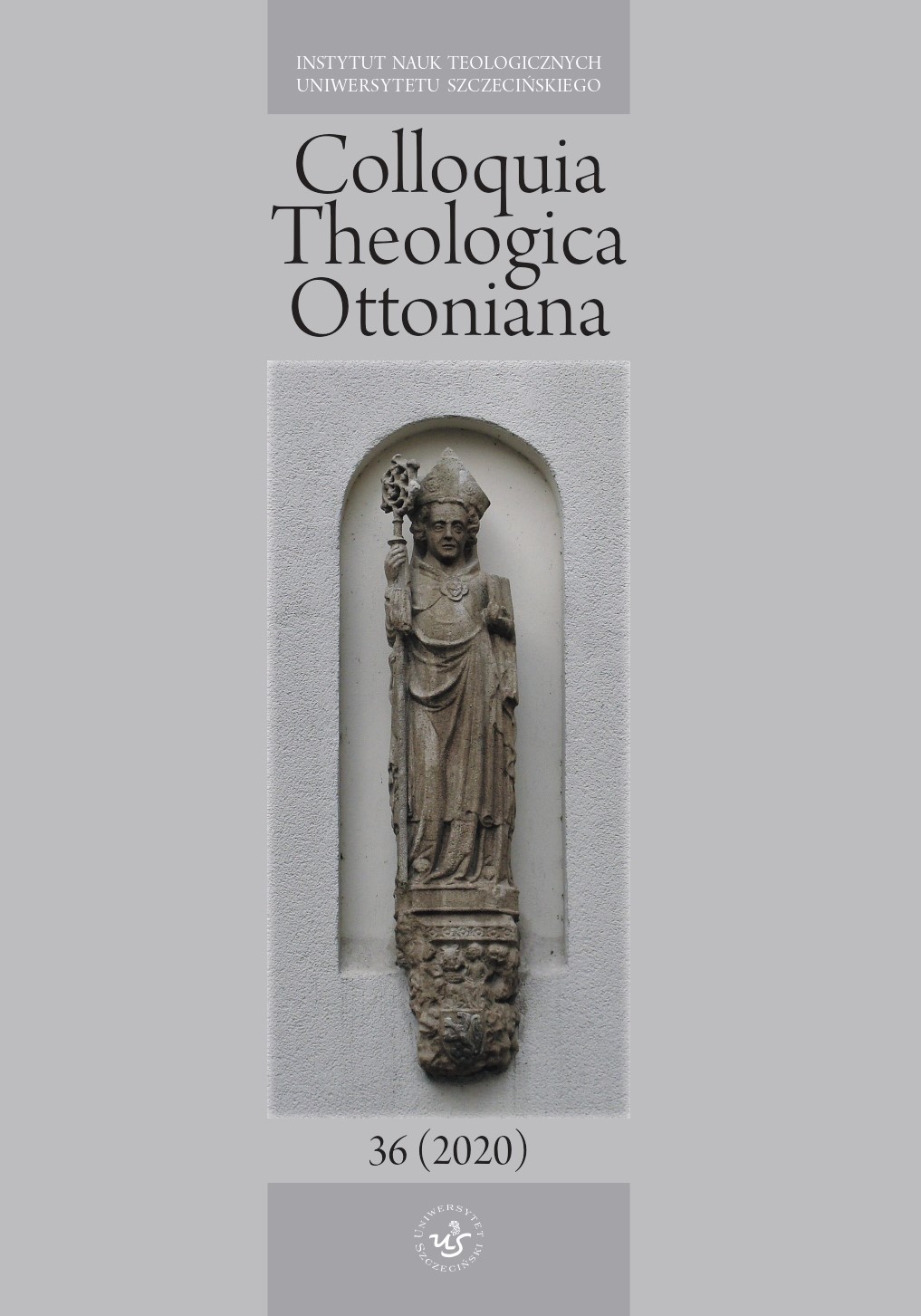
This article is an analysis of the doctrine of divine eternity. The sources for this doctrine can be traced back to the philosophy of Boethius or Thomas Aquinas. According to the doctrine of divine eternity, the existence of God is not determined by the linear passage of time – God exists in the eternal present. From an eternal perspective, God has simultaneous access to all moments of nature’s linear time. The doctrine of divine eternity is meant to be an antidote to the alleged contradiction of God’s omniscience with the freedom of human will. However, the doctrine of divine eternity has been criticised. Recently, its effectiveness in solving philosophical problems has been undermined by Alvin Plantinga or William Hasker, among others. This work is an attempt to creatively argue against the Hasker’s position. Hasker sees his position as an alternative to classical theism as represented, for example, by Thomism. Hasker rejects Thomism for two reasons. First, the Thomistic God cannot be intimate with human beings or responsive to them. Secondly, the Thomistic view of God as timeless solves the problem of God’s foreknowledge and of the existence of free will only at the cost of making God’s timeless knowledge useless to him in interaction with the temporal world. This paper analyses Hasker’s reasoning leading to the conclusion that free will and timeless knowledge are compatible and gives reasons for concluding that his argument is itself incompatible with the doctrine of eternity. Subsequently, it has been shown that the same conclusion is made even more clearly on the basis of considerations derived from the concept of eternity. Finally, these considerations are used to challenge Hasker’s conclusion that timeless knowledge might be useless to God in directing his actions over time.
More...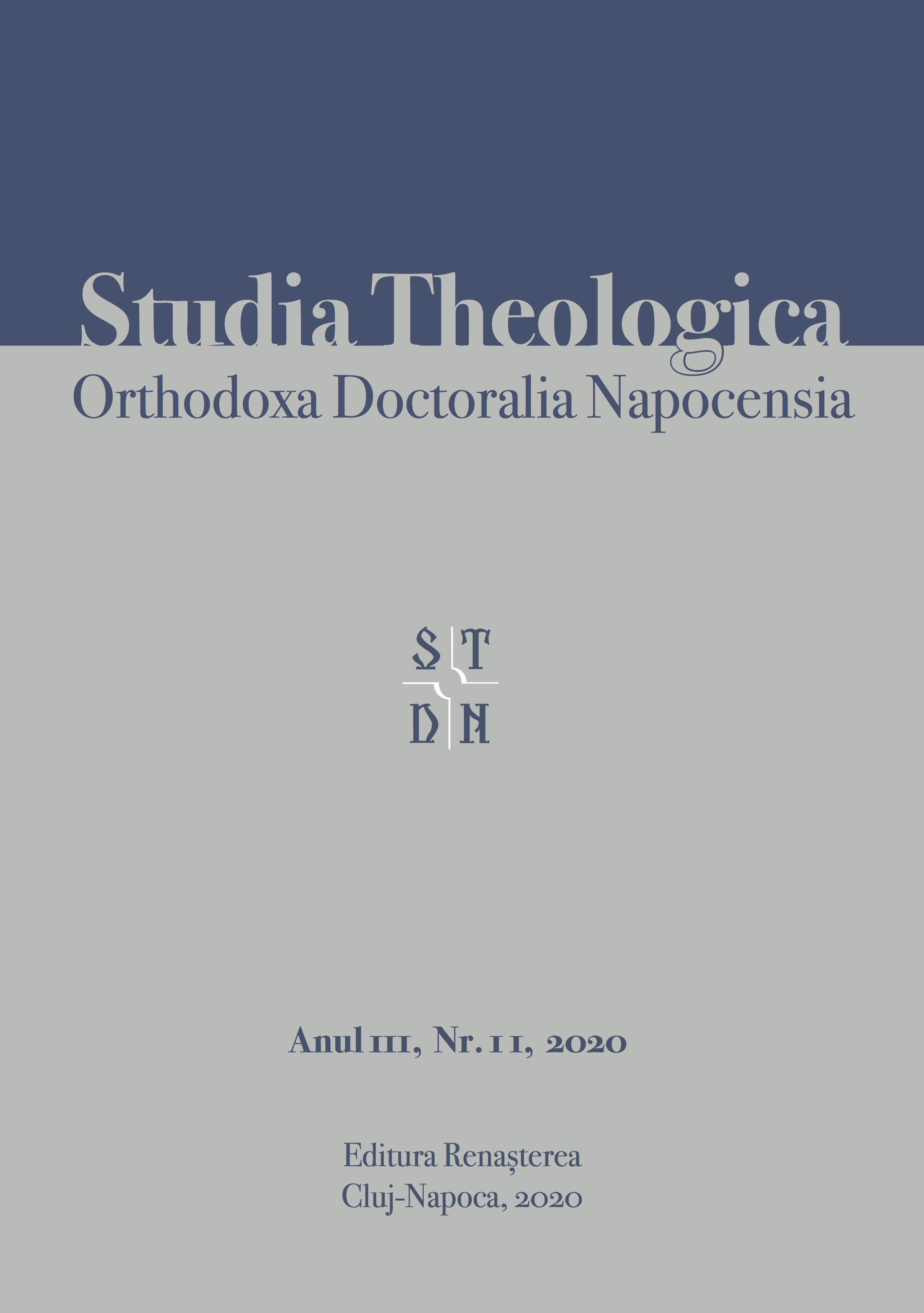
The unconscious is one of the concepts of high interest, both for science and theology. The interest shown for the study of the unconscious is found in works conducted by specialists in philosophy, psychology, psychoanalysis and neuroscience. At the same time, in theology it is found predominantly in patristic writings but without an explicit mention of the name of the unconscious, which the science uses. The increased interest in this concept is justified by the complexity of this little-known dimension of man. Also, as the unconscious dimension is of both psychological and spiritual nature, the development of the study of the unconscious in theology is a necessity. This paper sheds light on the most relevant considerations regarding the study of the spiritual unconscious in the pastoral work. In this sense, the paper deals with the most relevant perspectives on the metaphysics of the mind because the unconscious is often associated with the mind and the psyche, as well as some aspects specific to the unconscious in philosophy and psychology. Also, the most relevant aspects of the spiritual unconscious and its dimensions, the “theophilic” unconscious and the “misotheistic” unconscious, were analysed, in order to identify the most important opportunities regarding the study of the spiritual unconscious in the pastoral work.
More...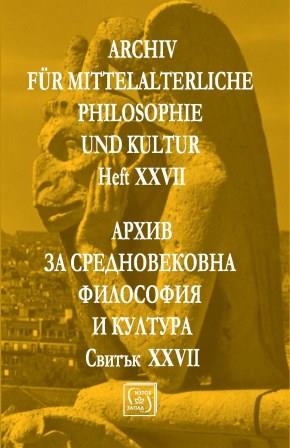
The current paper is part of a larger project, that is devoted to exploring the connection between the will and epistemology in the texts of several Franciscan authors. Ockham is an author who stressed the freedom of the will, its self-movement and self-reflection to an extreme. Concerning the theory of the activity of the intellect, he was rather a sceptic. Denying the basic arguments for a natural activity of the intellectus agens, Ockham tries to solve an epistemological issue. There are different steps of an epistemological process, which do not involve a complete knowledge of the examined object. Doubt or probability are certain moments of an epistemological process that can be explained only if we introduce an extra faculty besides the intellect. This has to be a faculty that – unlike the intellect – does not move necessarily as a natural faculty would do, but is contingent, can activate itself and move itself freely and spontaneously. Since the will is the only faculty that suits the description, Ockham tries to make the argument that the will plays a role in the epistemological process of acquiring knowledge. The different levels of concentration, the ability to intensify or even to retract a certain act of the intellect is according to Ockham the direct influence of the activity of the will. The current paper tries to elaborate on this issue.
More...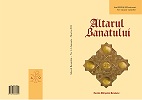
Reviews of: 1. Arhierie și Filantropie. Înaltpreasfințitul Părinte Ioan Selejan la 7 decenii de viață. Omul păcii și al mângâierii, coordonatori preotul dr. Ionel Popescu, preotul Mircea Petru Szilagyi, conf. univ. Claudiu T. Arieșan, preotul dr. Daniel Aron Alic, Editurile Partoș / Centrul de studii Banatice Vârșeț, 2021 392 pp; 2. Constantin Brătescu, Vocație culturală și spirit academic în Banat – Contribuții caransebeșene – Editura UZP (Uniunea Ziariștilor Profesioniști din România) București, 2021, 321pp.; 3. Prot. dr. Ioan Bude, Temeiuri biblice Noutestamentare cu privire la oficierea Sfintelor Taine și Ierurgii bisericești, vol VIII, Ierurgiile bisericești, Editurile Învierea și Eurobit, Timișoara, 2021, 120pp.; 4. Preot Liviu Vidican-Manci, Propovăduirea Evangheliei în Era Digitală. Impactul catehezei și al predicii asupra „generației digitale” prin utilizarea noilor tehnologii ale informației și comunicării, Editura Presa Universitară Clujeană, Cluj-Napoca, 2020, 254 pp.
More...
Report from the scientific symposium Synodality in the life and the mission of the Church, Krakow, May 5th, 2022
More...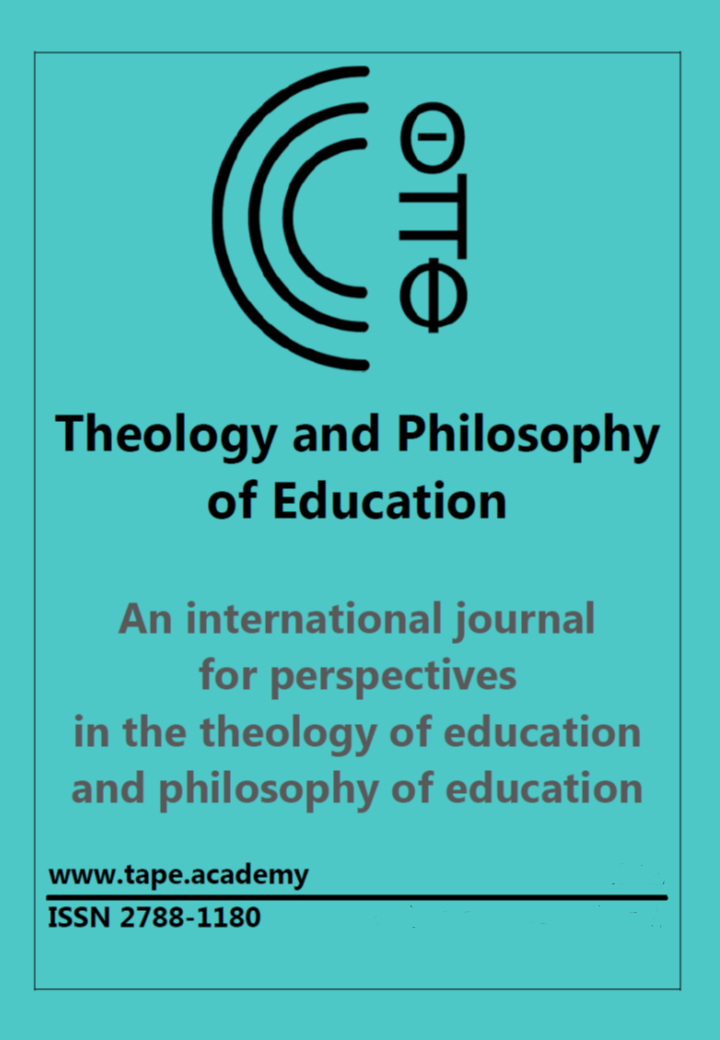
Theology of education regards the growth in the journey with God and being with God and others. Gravissimum Educationis (GE) calls for moral learning in education, and specifically Christian education so Christians grow in God, become more Christ-like (theosis) and an active participant in society, thus bringing Christianity to the world. The document also encourages different theological means of communicating the faith to educate Christians and reach out to others. This paper identifies both of these themes in GE, focusing on the early sections of the document.
More...
Do tradycji Wydziału Teologicznego Katolickiego Uniwersytetu Lubelskiego Jana Pawła II w Lublinie należy „Tydzień Eklezjologiczny”, który odbył się po raz 54. w dniach 17-19 maja 2022 roku i został zorganizowany przez Koło Naukowe Teologów KUL (dalej: KUL KNT) pod hasłem „Kościół Świętych”. Sympozjum rozpoczęło się uroczystą Eucharystią pod przewodnictwem Ks. Abp. Stanisława Budzika Metropolity Lubelskiego i Wielkiego Kanclerza KUL. Ksiądz Arcybiskup podkreślił w homilii, że Chrystus jest źródłem i dawcą wszelkiej świętości, oraz wskazał, iż Kościół ukazuje powołanie do świętości jako powszechną drogę, i zaprosił, aby wołać o świętych i nimi się stawać przez bliskość z Chrystusem i Jego Kościołem.
More...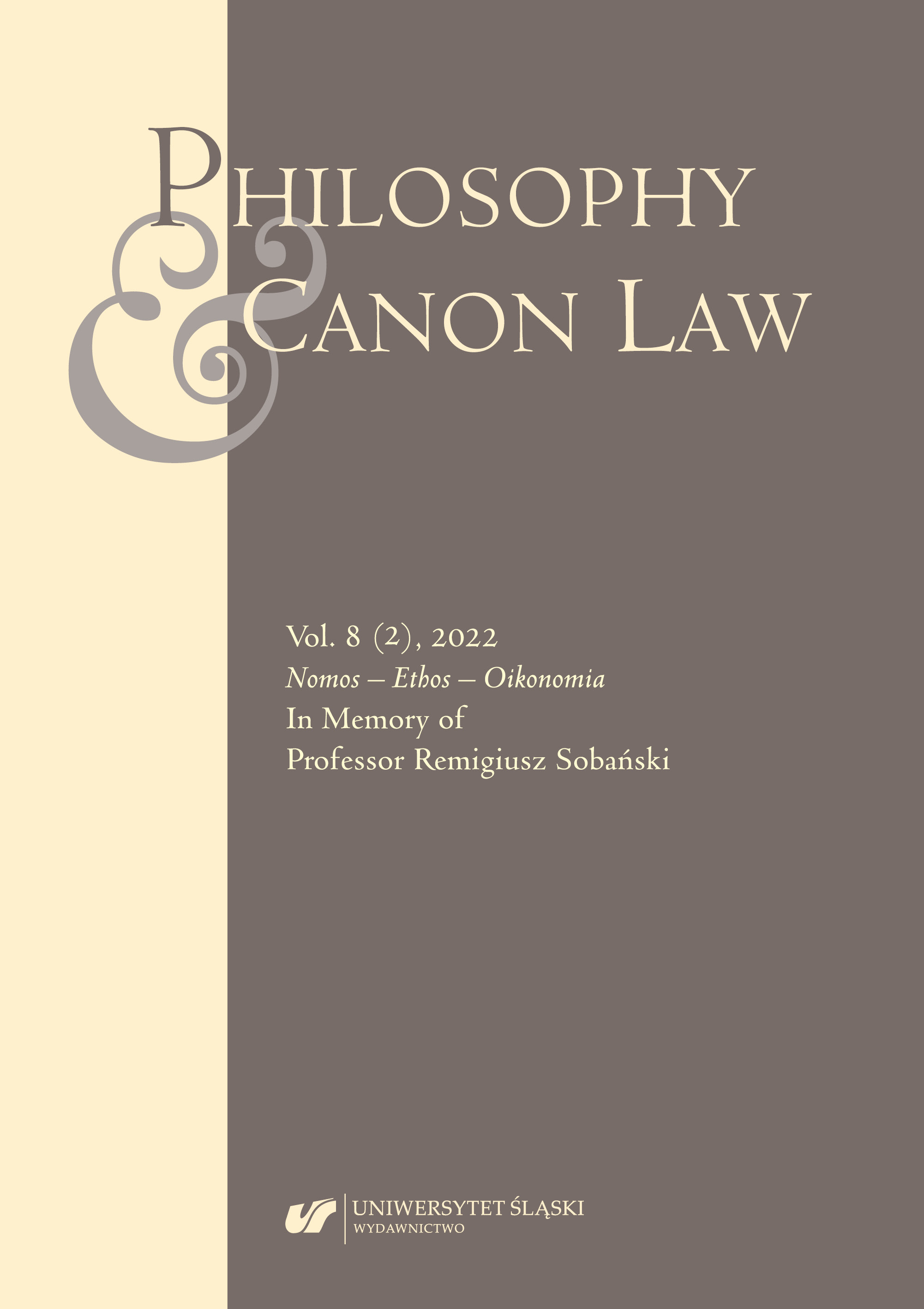
Remigiusz Sobański (1930–2010), a long-time professor at the Faculty of Canon Law of the Academy of Catholic Theology in Warsaw, and then at Cardinal Stefan Wyszyński University in Warsaw. Although his research focused mainly on the theory of canon law, he also published several dozen works in the field of canonical matrimonial law. These works cover four main research areas: marriage law (general rules), marriage consent, form of marriage, mixed marriages. Moreover, as a judicial vicar, he prepared and published several dozen sentences in the cases of nullitatis matrimonii.
More...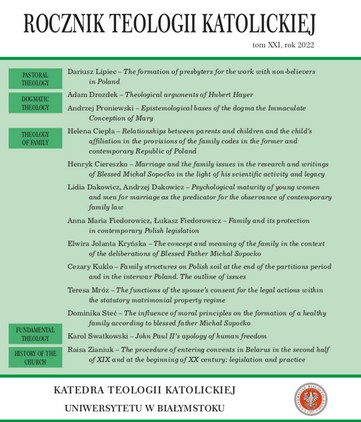
Father Michał Sopoćko, the blessed of the Catholic Church described the issues of marriage and the family in the legal and ethical aspect in his doctoral thesis. It was published in 1926 and was called: Rodzina w prawodawstwie na ziemiach polskich [The family in the legislation on Polish soil]. This article presents this publication with the background note about the scientific activity of Father Sopoćko, the scientific disciplines which he worked on (pastoral theology, pedagogy, catechetics and homiletics) as well as the apostolate of Divine mercy (teaching, the cult, publications), which were his life mission. The dissertation presents the reasons why he described the issues of marriage and family: his concern for the Christian model of the family, of the family’s rights based on the natural and on the revealed law in order to take them into account in the codification created in the freed Poland. Further on, the main content of the work consists of the vision of family and marriage, the mutual relationship of the spouses, the relationship between parents and children with regard to the natural law and to the Christian morality presented in the light of the legislation on the Polish soil under occupation. The final part in the conclusion of the article emphasises the indispensability to embed the constituted law on marriage and the family on the natural and the revealed law. This validity has not become out of date and should still be preserved. This statement adds value to the work of Father Sopoćko and makes it worth attention in the light of the contemporarily discussed issues of marriage and the family.
More...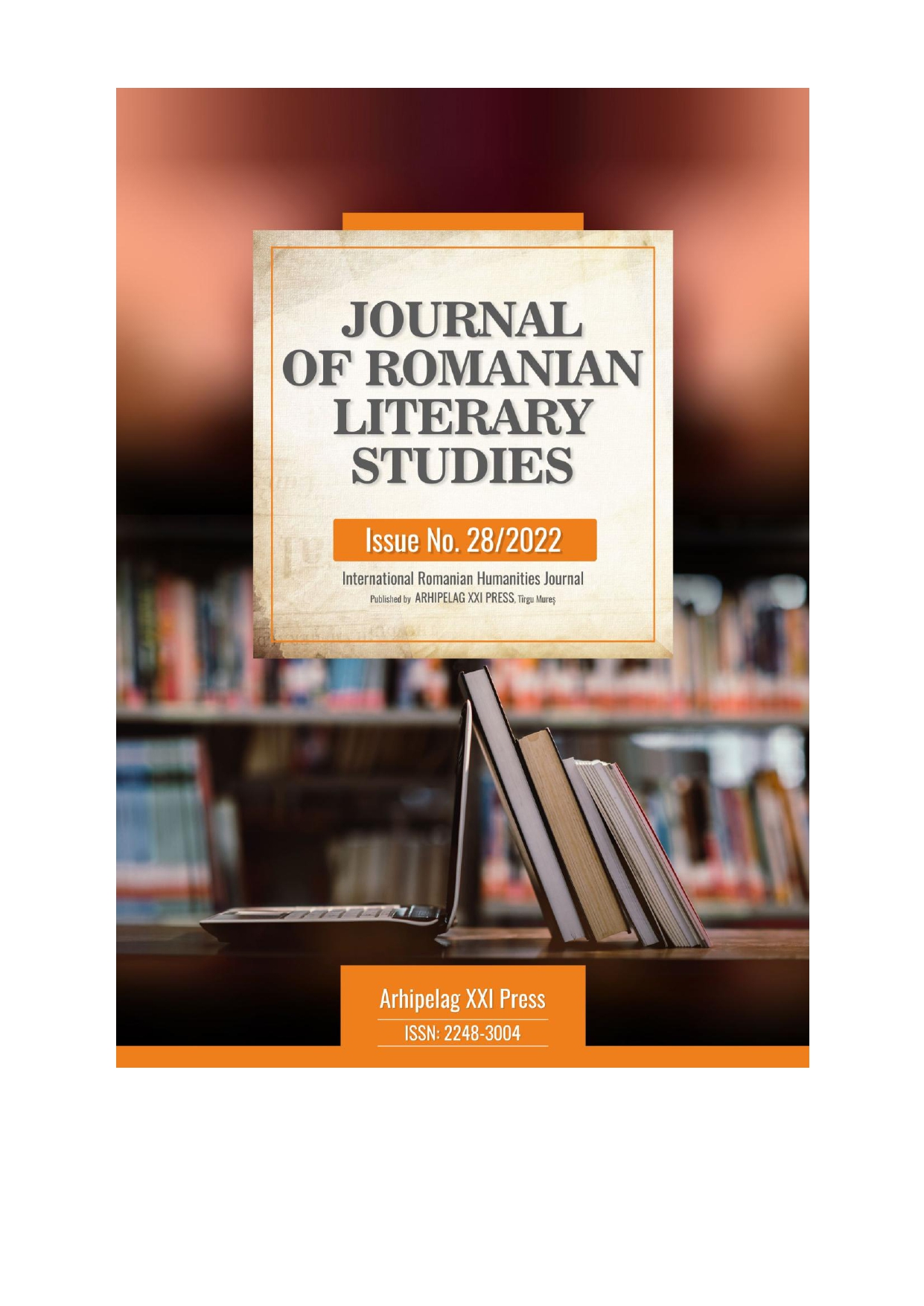
We go to the encounter with Christ with disinterested, enlightened, unlimited faith. This is how the faith of a true Christian must be: it must have as its center not one's own self, but the infallible word of God. We believe because God is true and because He has spoken. We believe in faith, not because we can control its truth directly, but only relying on God, who in his sublime intelligence can neither deceive nor deceive us, and who in his great goodness wanted to reveal truths inaccessible to the human intellect alone. The individual and the community must strengthen their faith with a profound study of the revealed truths, adequate to their intelligence and responsibilities.
More...
N. Steinhardt proves in his homiletic discourse a real predisposition for dramatization. The Christian "tragedy" is staged and, at the same time, commented by an exceptional playwright and director. Argumentative discourse is a “mise en scene” and thus adheres to a determined social theatricality (of roles and actors). We identify the predilection for theatricality in the impeccable rhetoric, in the syntax of the sentence - the mixture of concise, elliptical sentences with astonishingly long utterances that presuppose a certain rhythm of utterance, the preference for interjection and exclamation, for the free indirect style. All this reveals a permanent concern of N. Steinhardt for the effect. Concentrated and unitary, Steinhardt's essay relies, sometimes, on the "shock" of the listener, on an aesthetic of the paradox and, apparently, of the sensational. Finally, we are witnessing, together with Steinhardt, a dramatic change in the homily paradigm. Sermons such as the ”Living Water”, the ”Hananian Woman”, the ”Tragedy of Judas”, the ”Holy Prophet Elijah”, ”Reflections on Death”, the ”Lord came to save and scandalize us”, the ”Holy Wrath” amply proves the directorial pleasure of the learned monk.
More...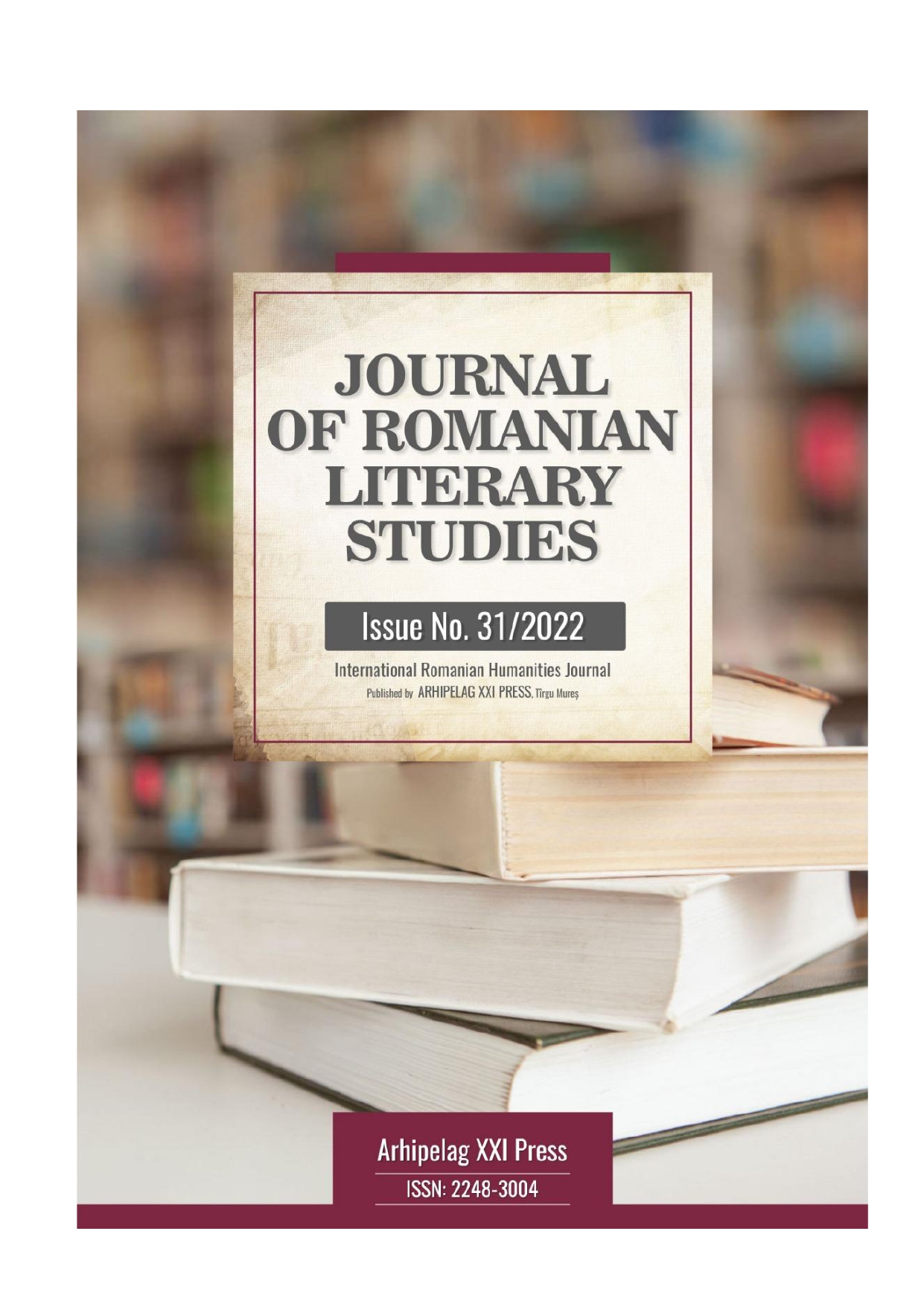
A particularly important figure in the history of the Church, Metropolitan Veniami Costachi contributed to the regeneration of Romanian culture in the first half of the 19th century through a prodigious activity of translating and printing books in Romanian language. Interested by any activity that could have helped the development of Moldavia, the hierarch supported not only the printing of church writings, but also a series of secular writings, especially in the field of history.
More...
The Holy Fathers, desiring that young people enjoy a joyful life on this earth, but also be heirs of the Kingdom of Heaven, paid particular attention to their formation. Through their writings dedicated to young people, the Holy Fathers have shown that they are called to follow the life of Christ, the greatest Teacher of all time, and that an education which helps the young person to live here beautifully but also to acquire Eternity with God is a true art. St. John Chrysostom understood by the art of education that permanent concern for the salvation of the soul entrusted to him for formation, the purpose of education being the preparation for eternal life. The Holy Fathers emphasize that education must help the young person to know and cultivate in his life the Christian virtues, and this is greatly strengthened by the model provided by those who form the young person. The great Romanian teacher and scholar of the last century, Simion Mehedinți, born into a genuine Christian family and having relatives who were priests, understood the particularly important role that knowledge and living the faith plays in the full formation of the young person. Through his writings, conferences and all his teaching activity, Mehedinți worked for the moral edification of young people, being fully convinced that the foundation of the young person's formation must be the Holy Gospel which "like a spring of clean water, which quenches thirst, is a fountain of wisdom for young and old, for the learned as well as the unlearned, for the rich as well as the poor .... and he who hears her words and weighs them carefully cannot fail to become wiser, better and happier". This study aims to present some of the Christian principles on the formation of young people drawn from the works of Simion Mehedinți and to answer questions such as: What is the role of the family in the formation of young people? What are the duties of a true educator? What Christian principles are found in Simion Mehedinți's work?
More...
Increasingly, we see that the contemporary man, in order to define his role in society, seeks to progress as much as possible professionally, seeks to keep up with the "fashion" in terms of technology, is assimilated by the commercial side of society. All these factors lead to his dissipation. The spiritual side is often neglected or treated with indifference. This way of life is especially aimed at young people, those who are just starting out, who can easily be moulded to the demands of the times. With all these temptations from the outside, the Church comes with a superior proposal, urging young people to a different knowledge, a perfect one, the experience life in God. The Saviour Jesus Christ says: "This is eternal life, that they may know you, the only true God, and Jesus Christ whom you have sent" (John 17:3). We often hear in society, especially in the media, the idea that the Church, as an institution with social concerns, (unfortunately consumer society cannot perceive it as a divine-human reality) is unable to communicate with the young people within it. This paper aims to establish some frameworks to demonstrate that the Church is concerned with the spiritual and even intellectual formation of young people through catechesis. From its experience of more than 2000 years since the "moment of Pentecost", the Church has always known how to listen, to guide, to teach, to correct mistakes, to offer people what no other human institution has offered, a different kind of existence. A superior existence in Christ.
More...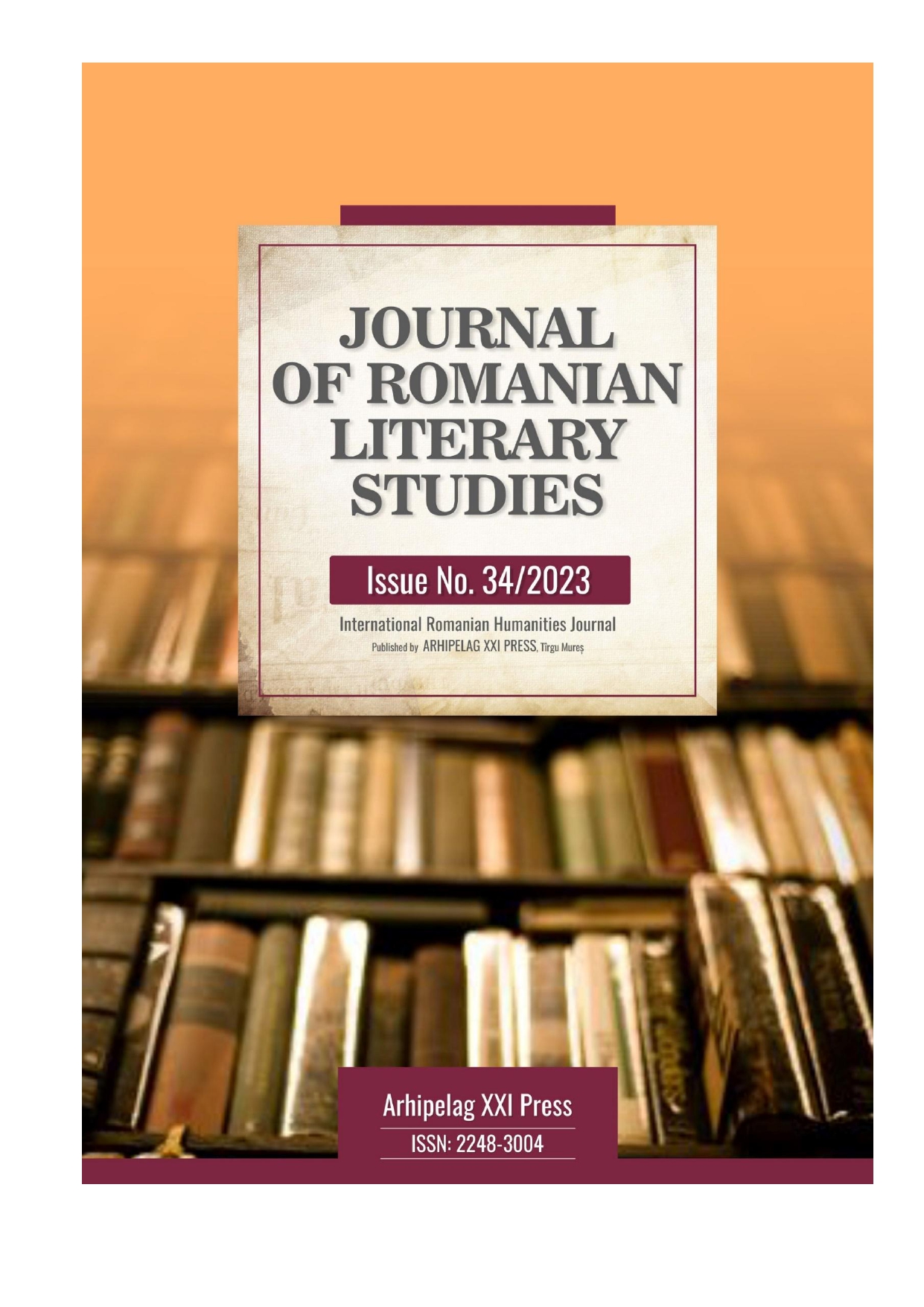
Our study includes, for the most part, aspects concerning the genesis and the evolution of the way of life of the Daco-Roman population in the first millenium. This corresponds directly to the spiritual specificity of the population we are talking about, an idea to which we have tried to relate permanently. The missionary work in the Balkan Peninsula, Macedonia, Greece, Illyricum, among other regions, is due to Saint Paul, a true apostle of the peoples, and his disciples. With regard to the territory located between the Carpathians, the Danube and the Euxin Bridge, it is considered that the work of evangelization, at least for Scythia Minor, would have belonged to the Holy Apostle Andrew. Opinions that attempt to identify the Scythia of literary sources with the Scythia Major do not stand up to more detailed analysis and cannot be consistent with the reality found on the ground. But it is true that the Byzantine historians kept, until late in the Middle Ages, the ancient names and, then, the recourse to Scythia is not out of place. It is very unlikely that the Apostles present in the New Testament and in the patriotic scriptures traveled through all the provinces, spreading the Gospel in a time when Jacob, the brother of Jesus Christ and the head of the Church of Jerusalem, did not want to see it spread among the ,,peoples”; Paul, on the other hand, wanted it, and the others – John, Peter – had doubts about it. It is even possible that the other apostles, with the exception of Paul, thought only of the Jews. The new religion also had a different status in the Empire in the various periods. Some emperors persecuted their followers, others (like Gallienus, etc.) were very tolerant. The permanent relations with the Empire and its influences, the contact of Christian missionaries and refugees with the native population, the special conditions of the former province played an important role. Christian communities have become more and more numerous and powerful. An important contribution to the spread of the new religion in the northern Danubian regions was made also by the captives taken from the Empire. Probably the best known of the South Danubian missionaries was Wulfila. Wulfila, bishop of the Christians of the country of the Goths, also propagated among the Daco-Roman natives. The persecution begun by Athanaric forced Wulfila to flee south of the Danube, but contact with the land of the Goths continued. He remained an intermediary between the Goths and Emperor Valens.
More...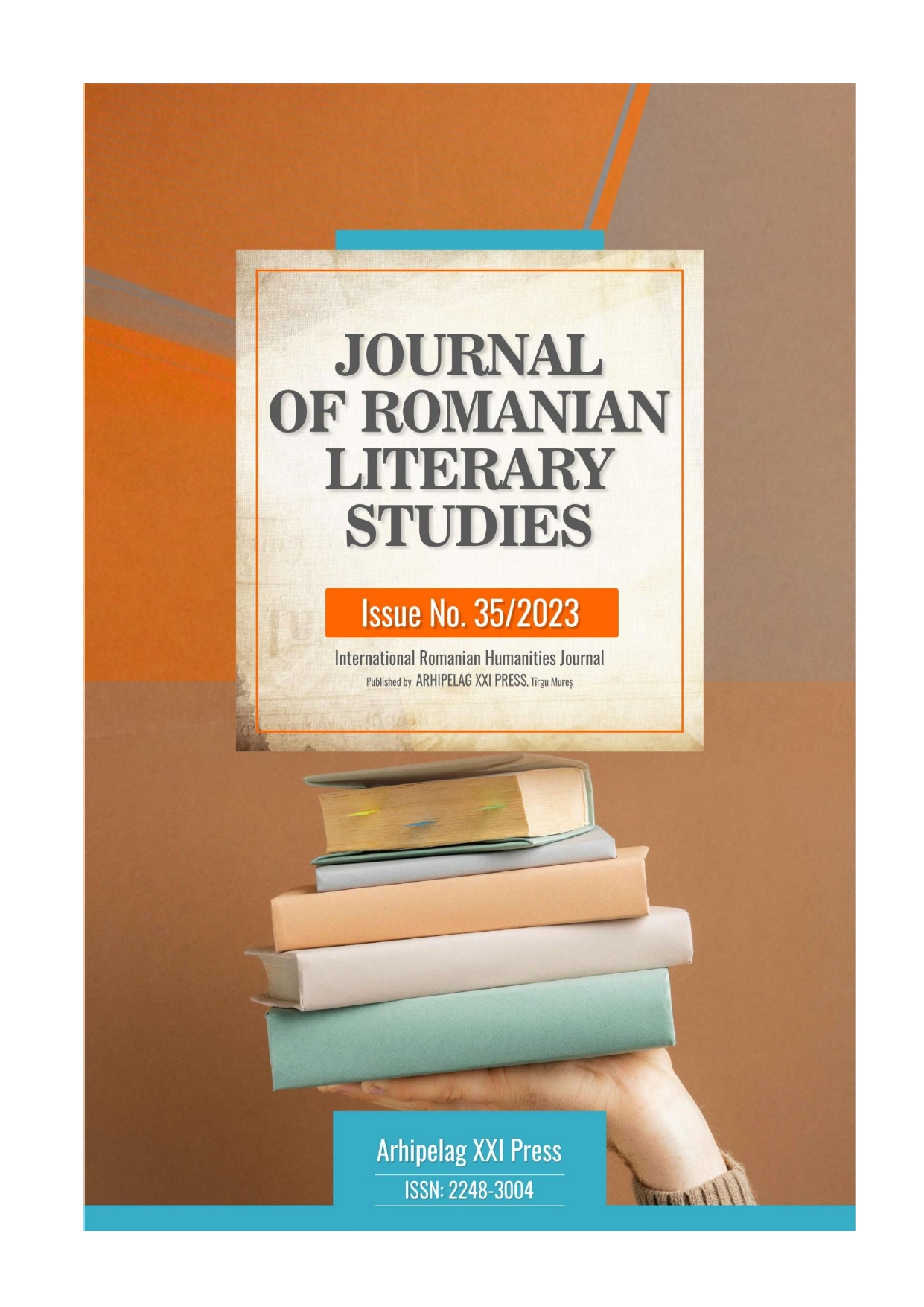
As a movement of spiritual rebirth within the Romanian Orthodox Church, the Army of the Lord had its beginning on January 1, 1923, through the initiative of the Orthodox priest Iosif Trifa from Sibiu, who published a Call in the name of Jesus Christ, through the leaflet of the Metropolitanate of Sibiu, Lumina satelor, (Village light) whose editor he was, addressed to the readers and to all Christians, to a Decision of change of life, this being considered the moment inspired to the initiator by the Holy Spirit as the beginning of the movement. It was outlawed by the communist regime in 1948, continuing its activity underground for more than 40 years until 1990, when it was legally rehabilitated as a religious association within the Romanian Orthodox Church with its headquarters in Sibiu and has been active since 28 September 1990 with the blessing of the Holy Synod of the R.O.C., which also approved its Statute.
More...